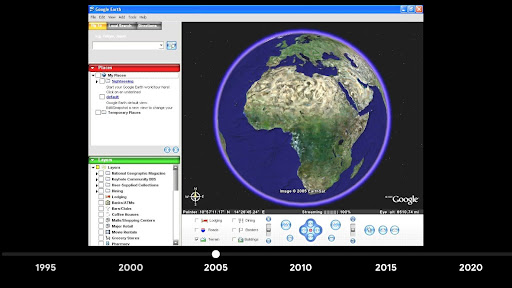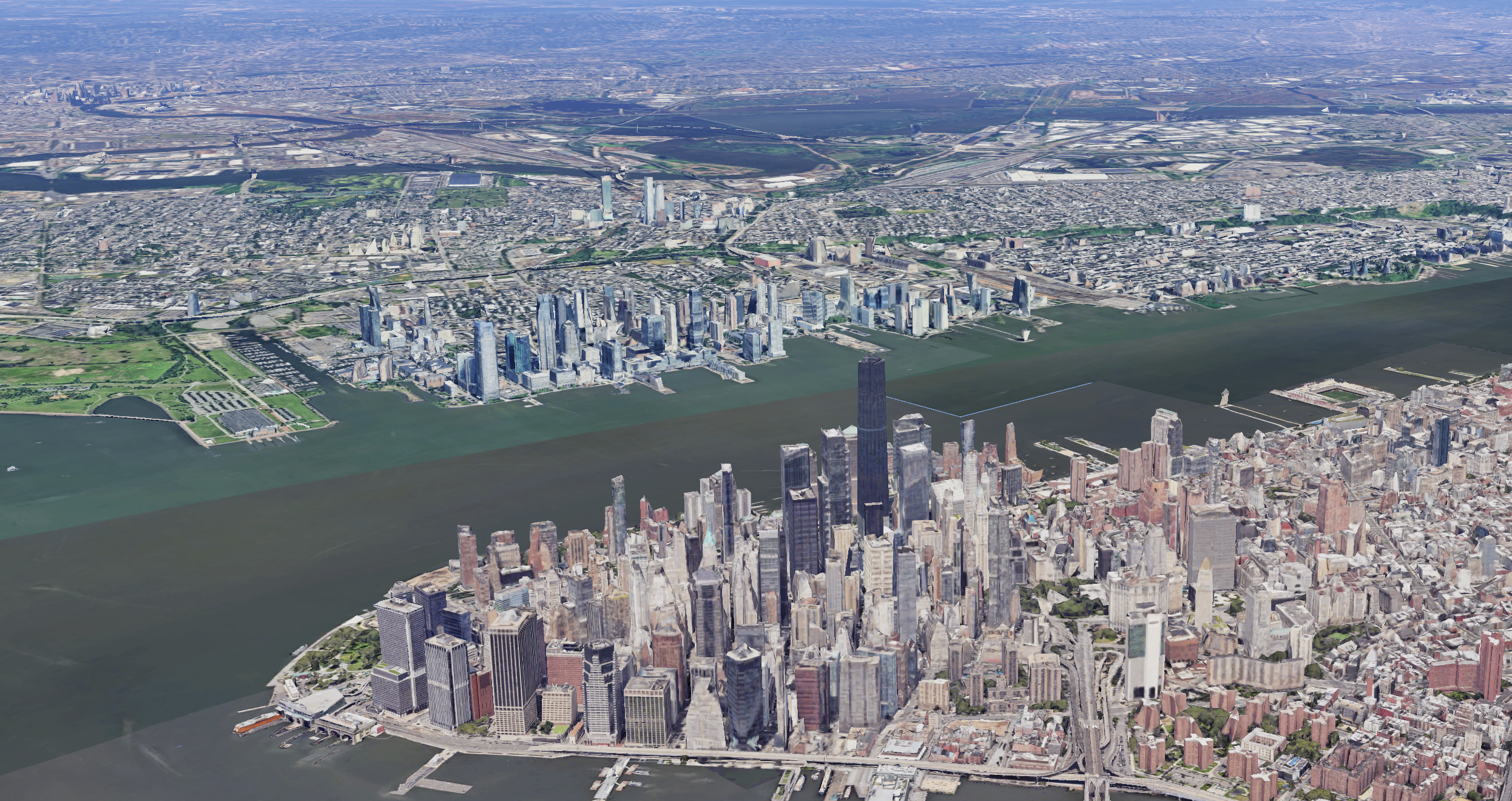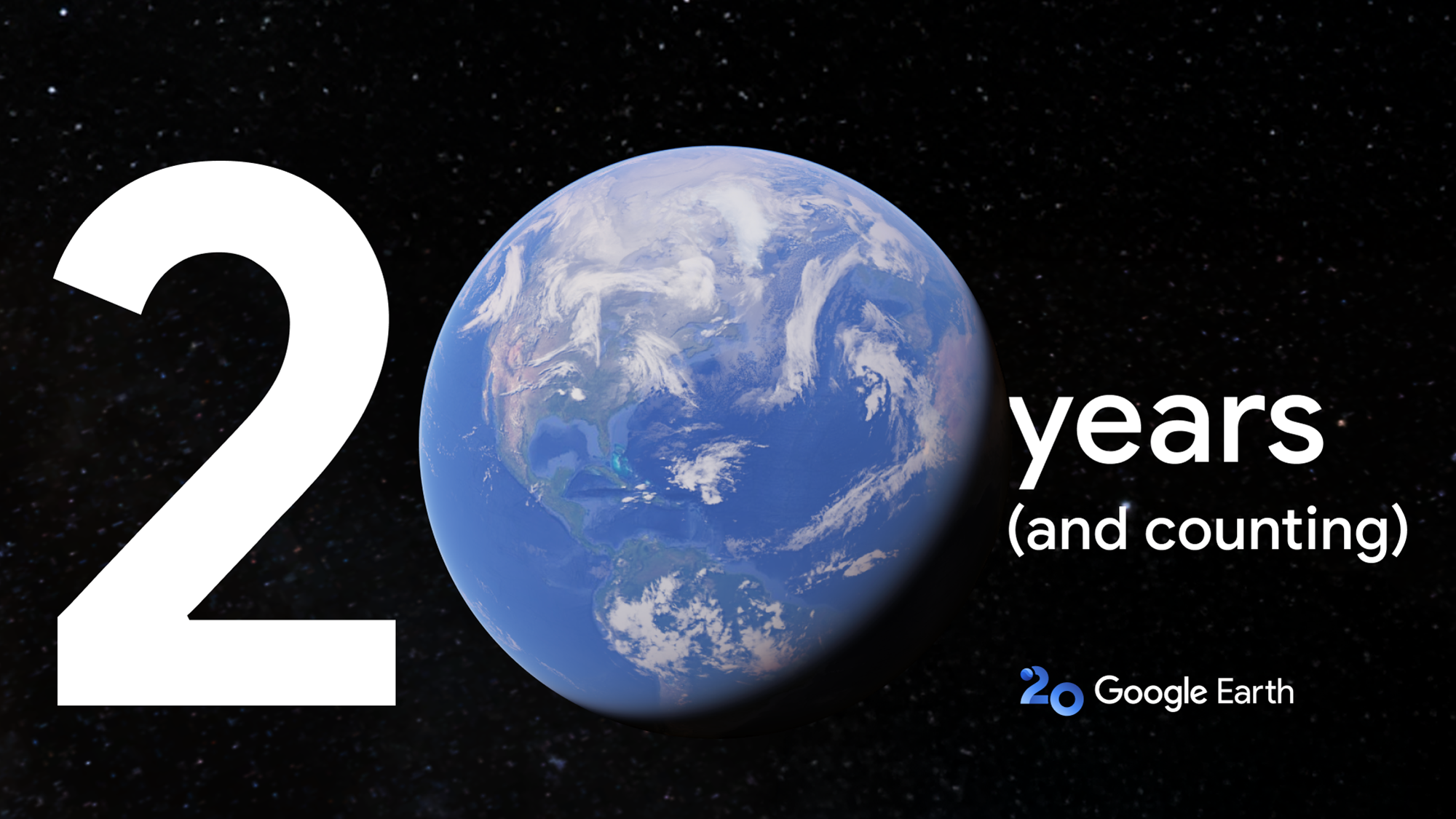Over the last 20 years, Google Earth has enabled us to explore the globe through billions of images from aerial photography, satellite imagery, Street View, and 3D images.
The globe explorer debuted a few months after Google Maps, but is more than just a way to get you from point A to point B.
Google claims that in the last year alone, Google Earth has been searched over 2 billion times.
To celebrate its 20th anniversary, Google Earth is introducing a pair of new features: one is available now, and the other is intended for professional users and will roll out in the coming weeks.

- Historical Street View: You can already play with historical Street View in Maps, but starting June 24, the "time travel feature" will be available directly in Google Earth.
- AI insights: Pro users will be able to access "AI-driven" insights like tree canopy coverage. The approaches can benefit urban planning.
To access the historical view in Google Earth, go to Layers and scroll down in that submenu where there is a layer called "Historical imagery." That's for the aerial and satellite imagery, though it gets quite blurry pre-2000, depending on where you look.
In Street View, you can go to a location and toggle with an arrow on the top icon to see how things have changed.
Google highlighted some big moments from the last 20 years in a blog post celebrating its birthday.

It launched in 2005 and ended up being a tool used with the National Oceanic and Atmospheric Administration that aided people after Hurricane Katrina devastated New Orleans.
Scientists and researchers used the tool to find or identify fossil sites, habitat changes and even ancient buildings.
The first historical feature launched in 2017 with Google Earth Timelapse, which lets you see how areas changed over a 35-year period.
It has become more useful for professionals in the last couple of years with data tools and tours.
Historical imagery came to Google Earth in 2024.
It's a great tool for exploring the world, and now with the history expansion, seeing how things have changed from urban growth and decay to climate change and beyond.
.png)











 English (US) ·
English (US) ·